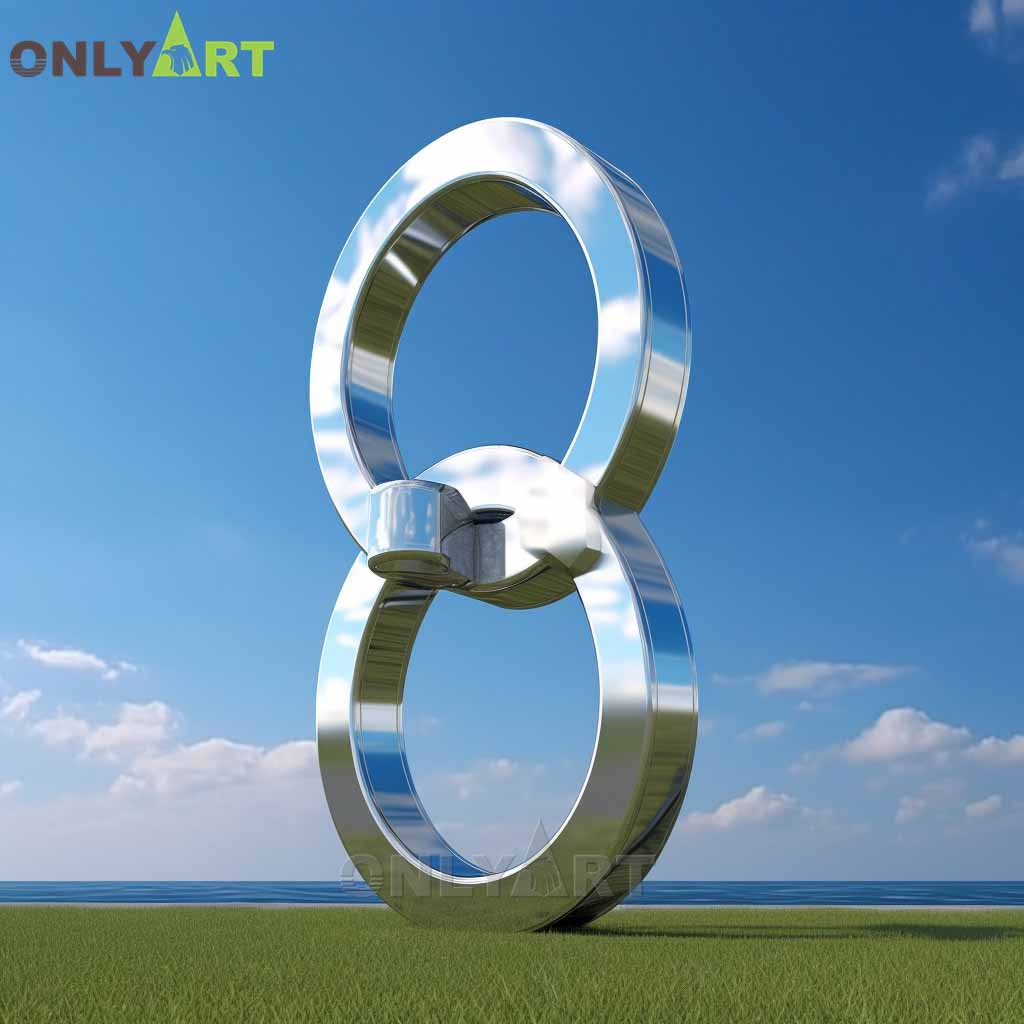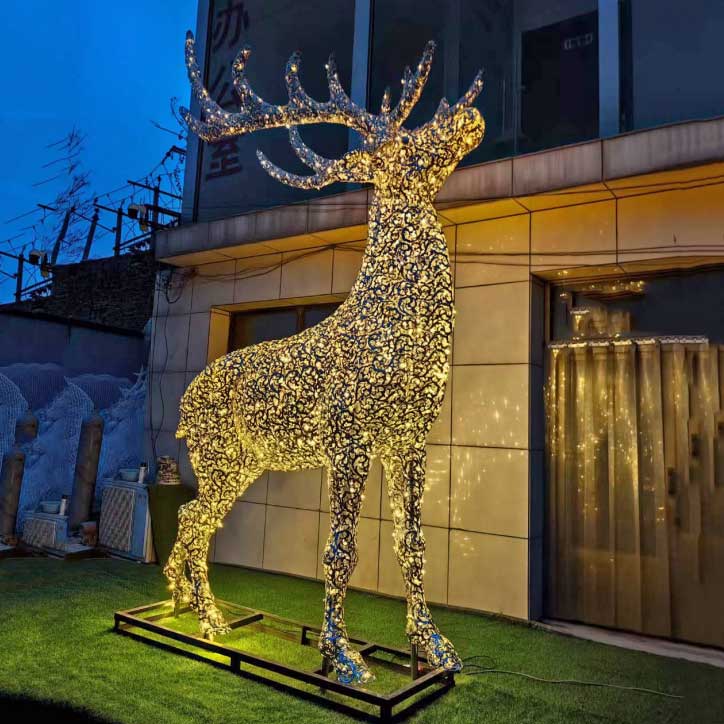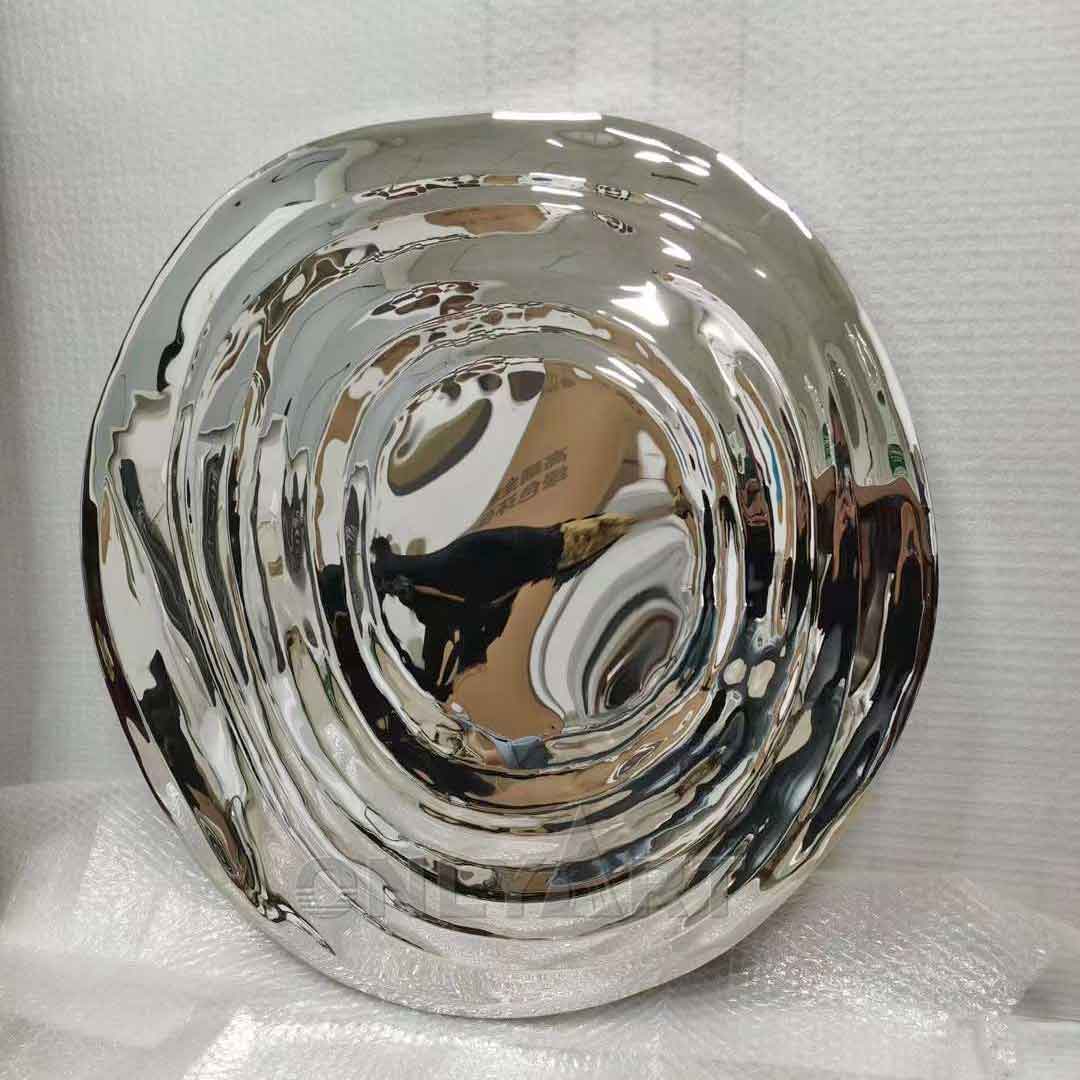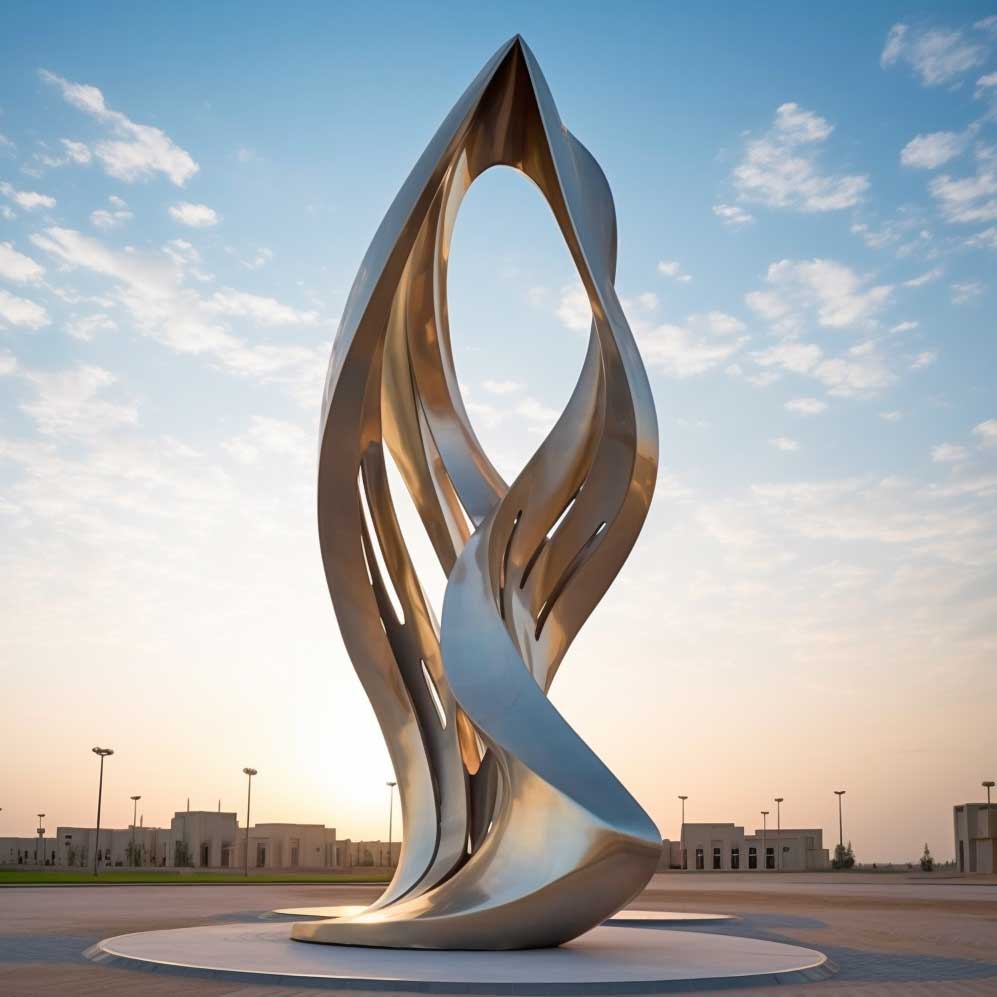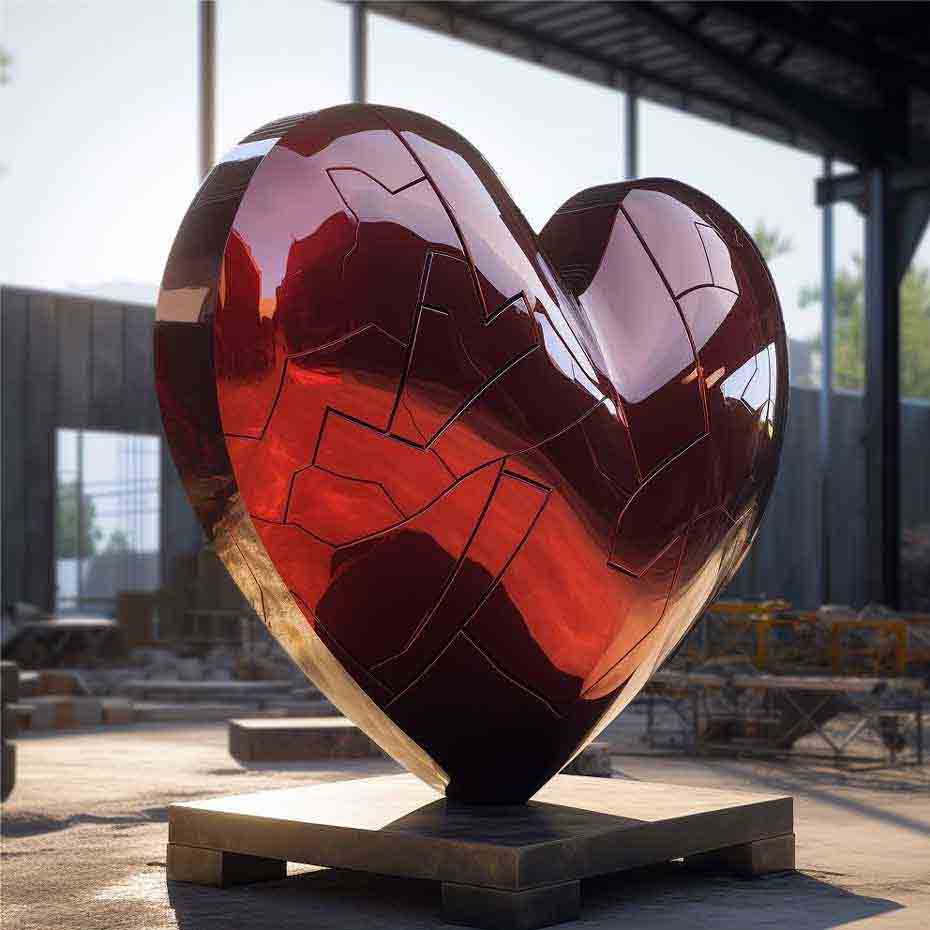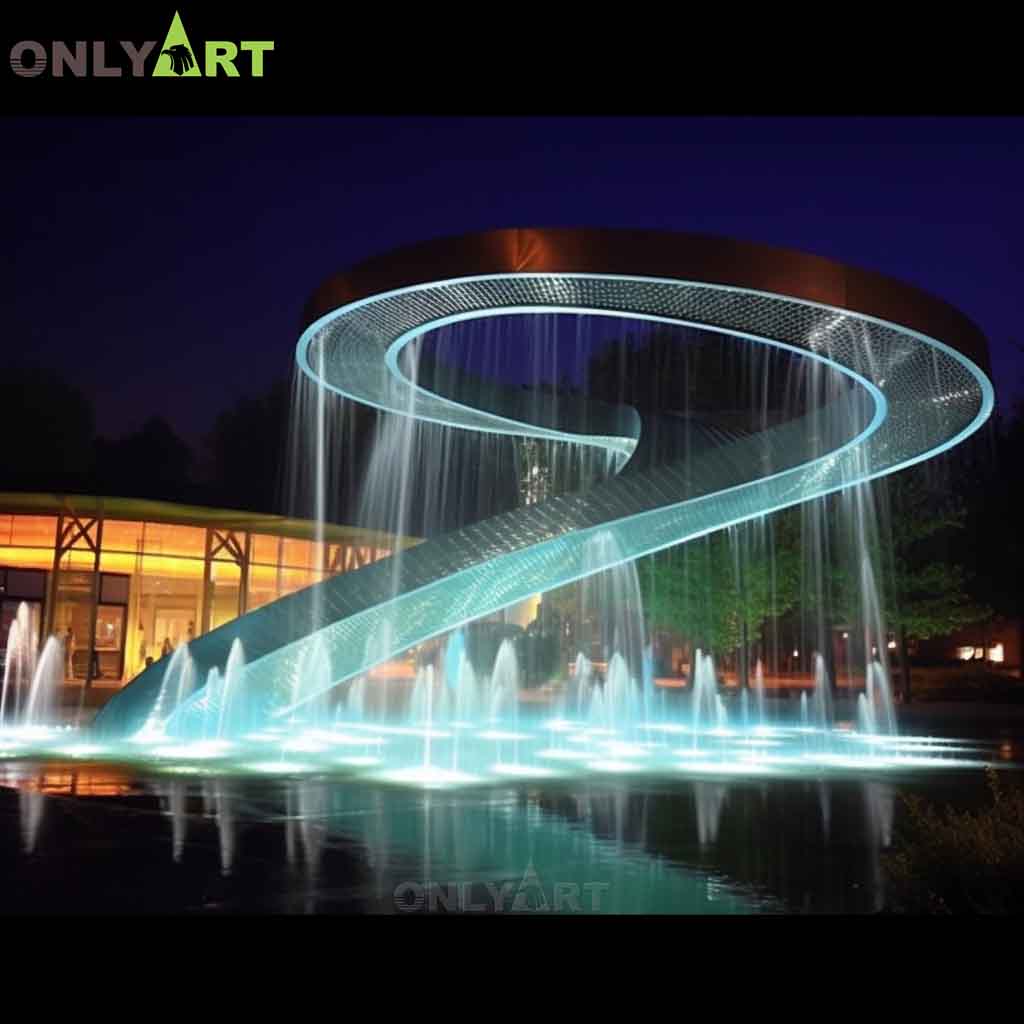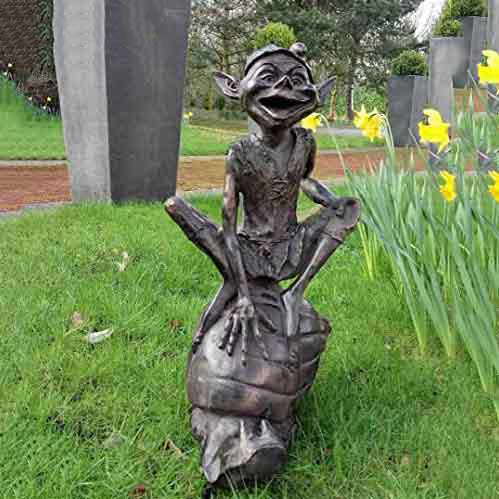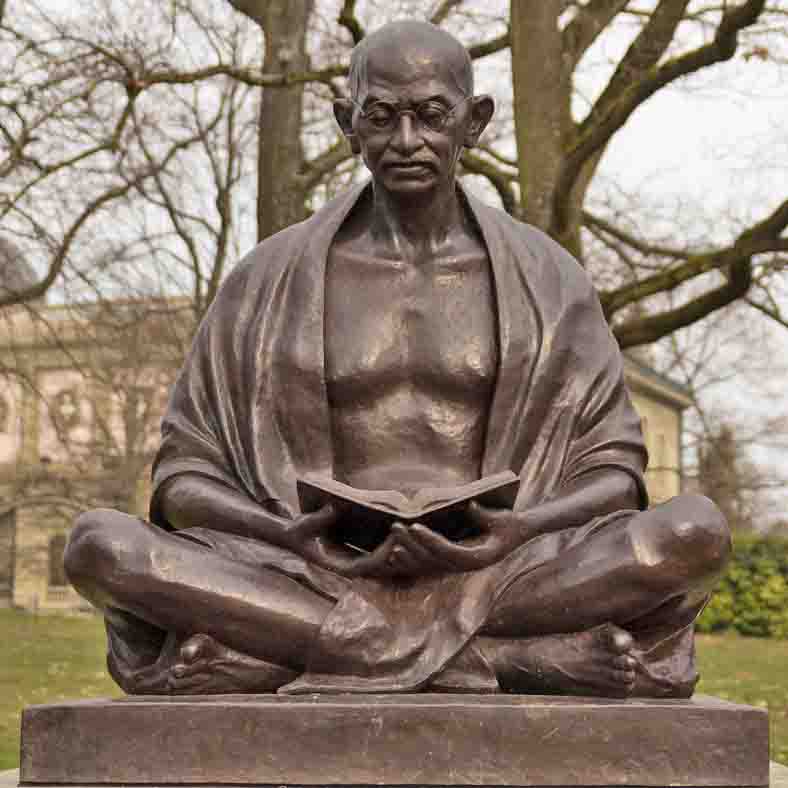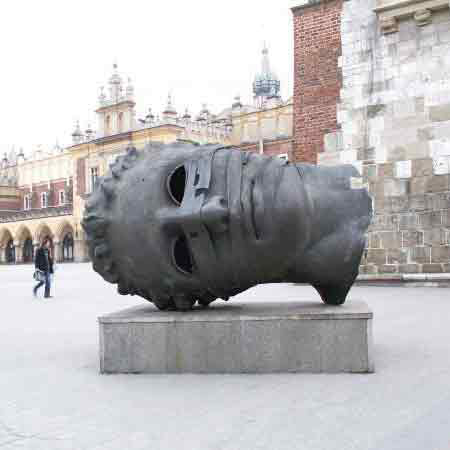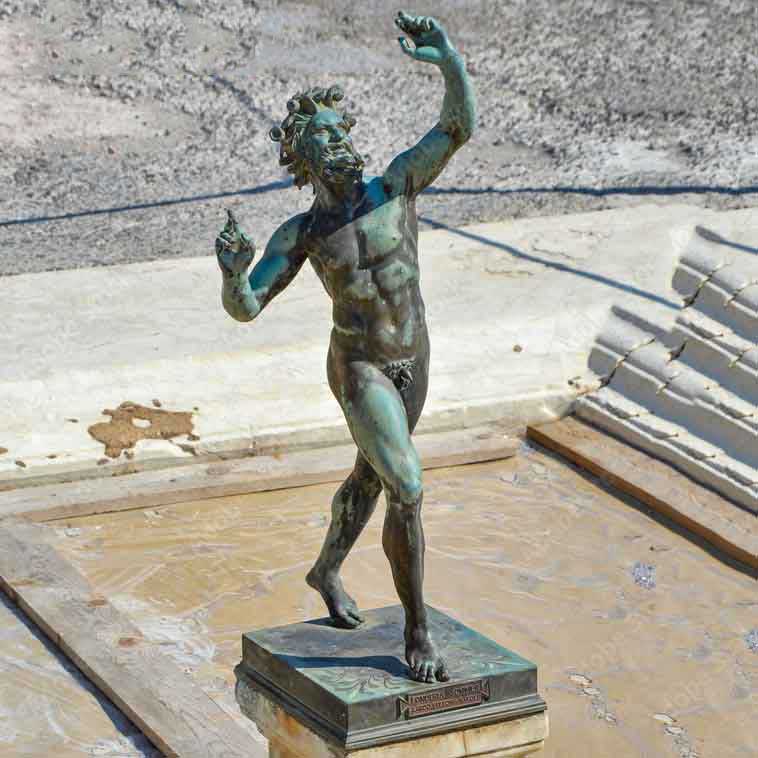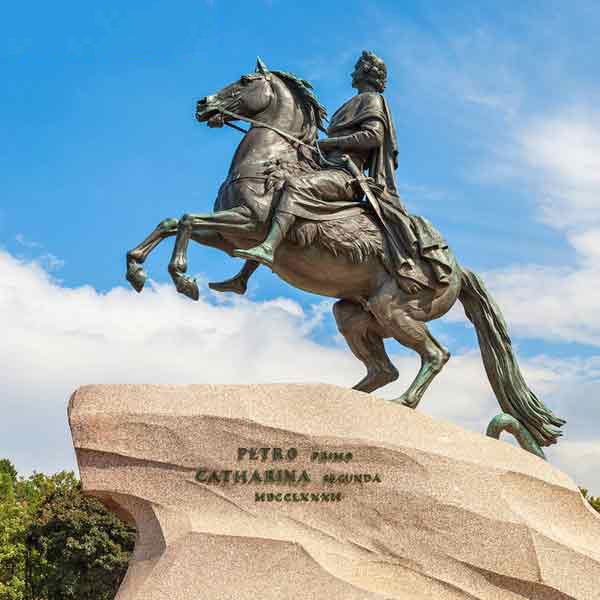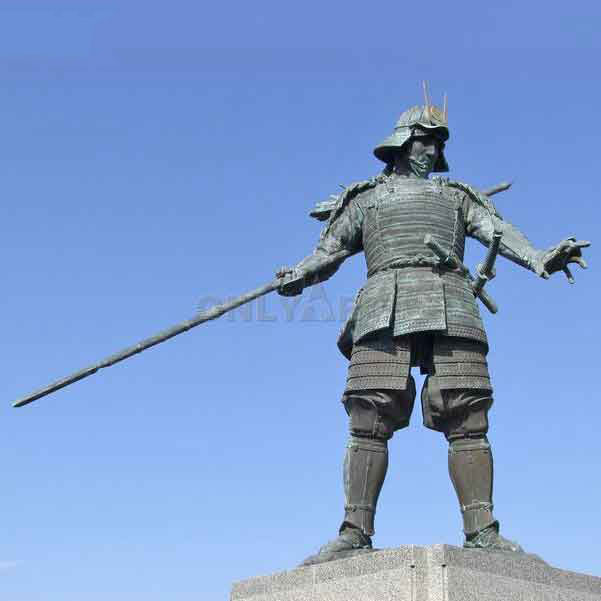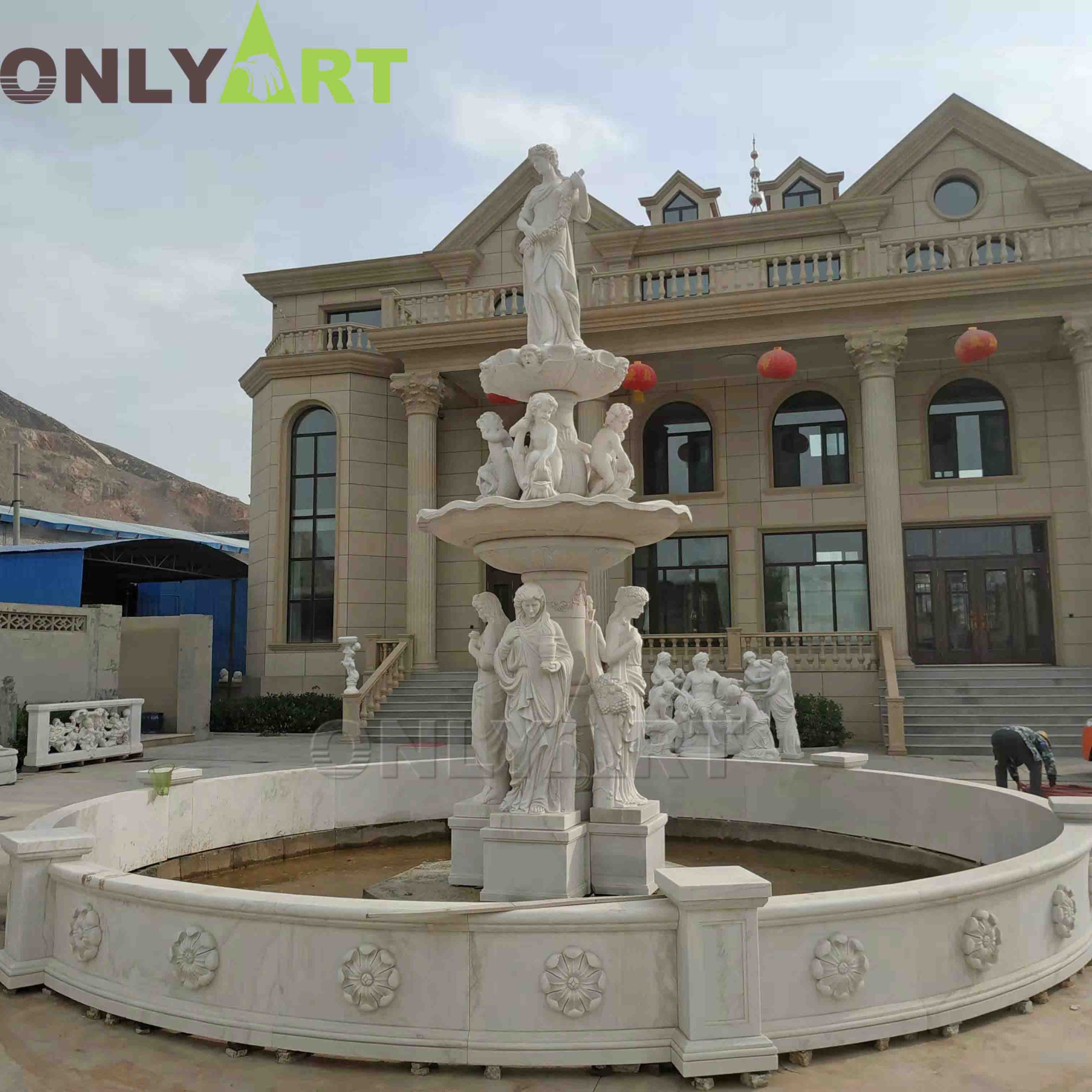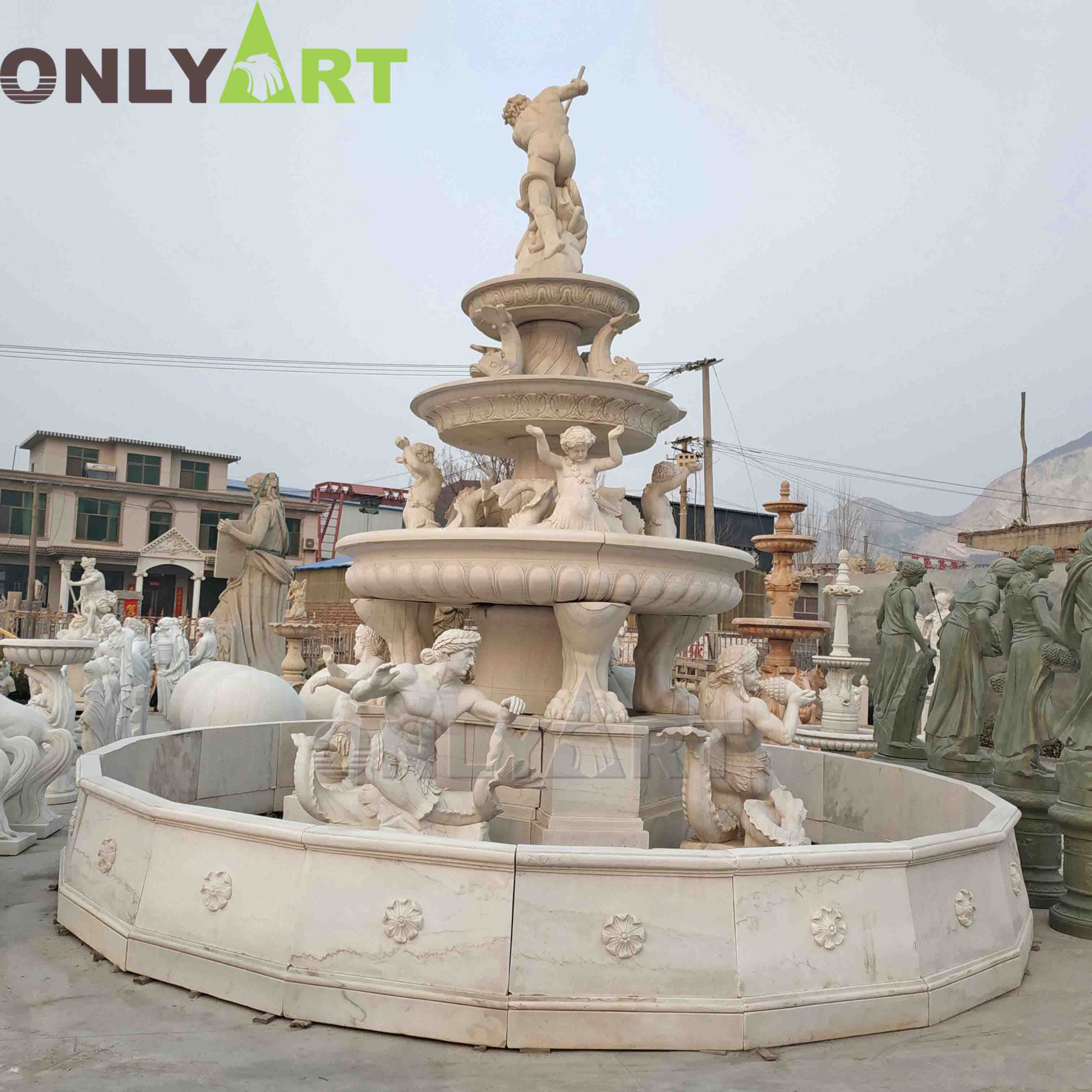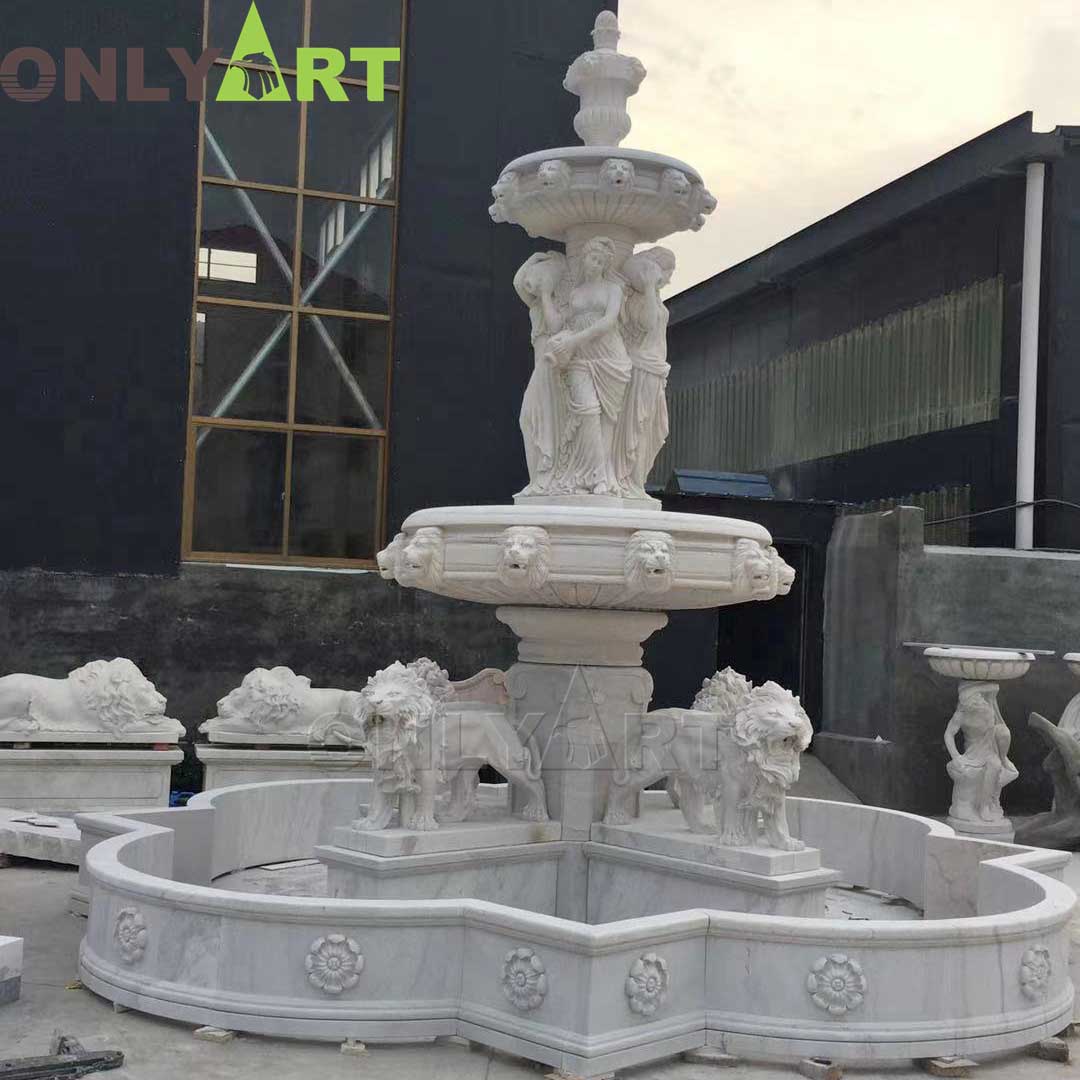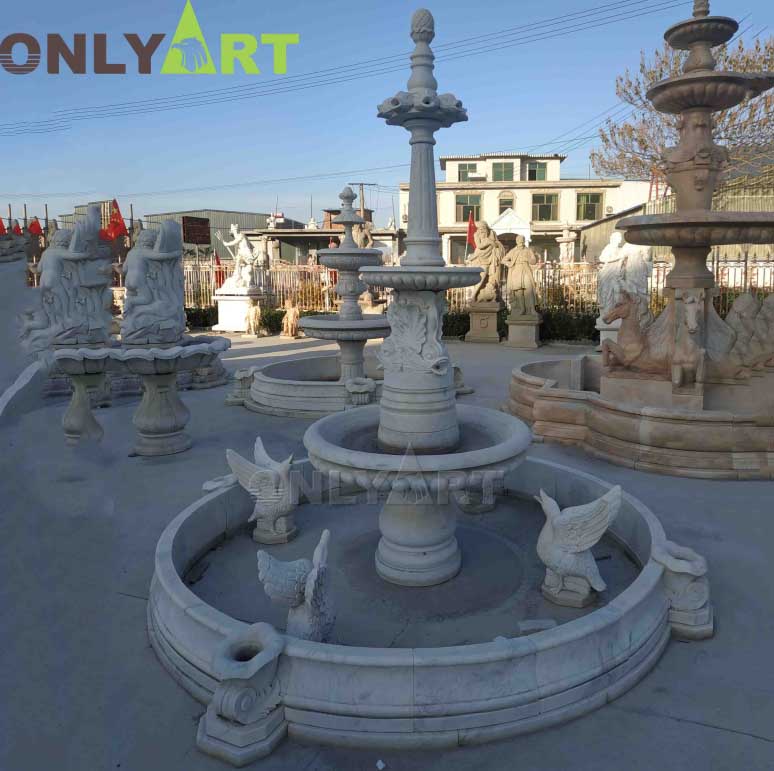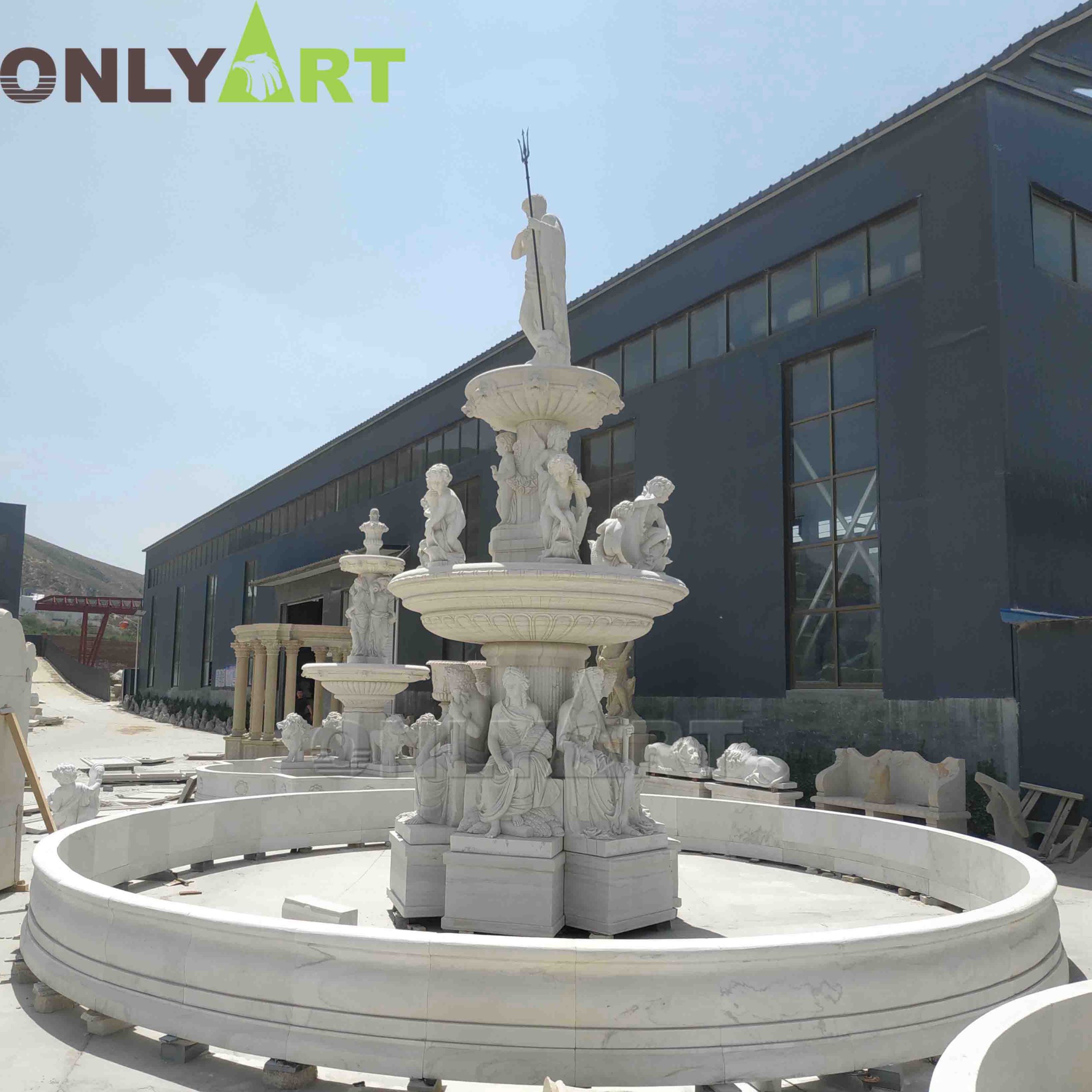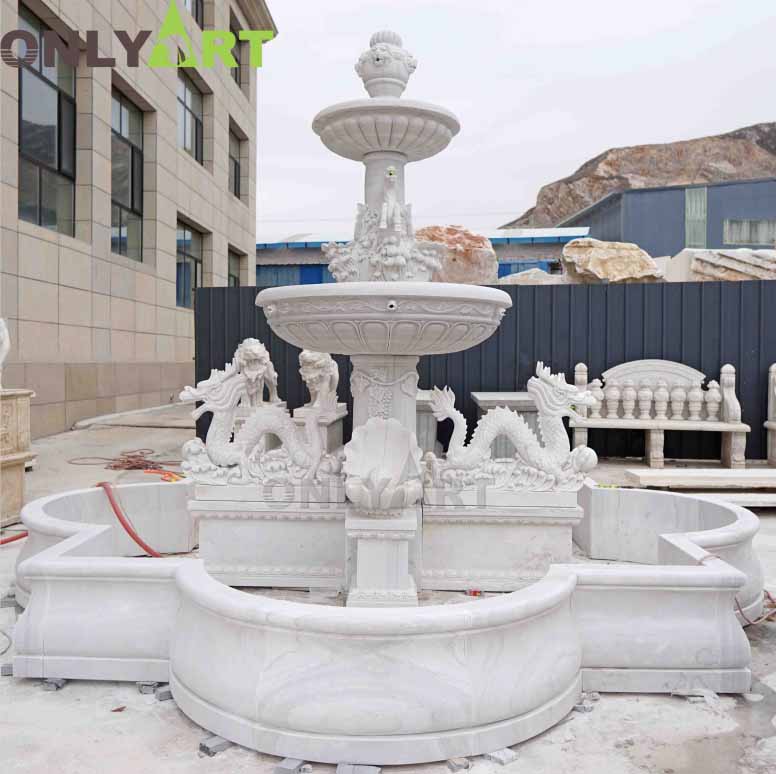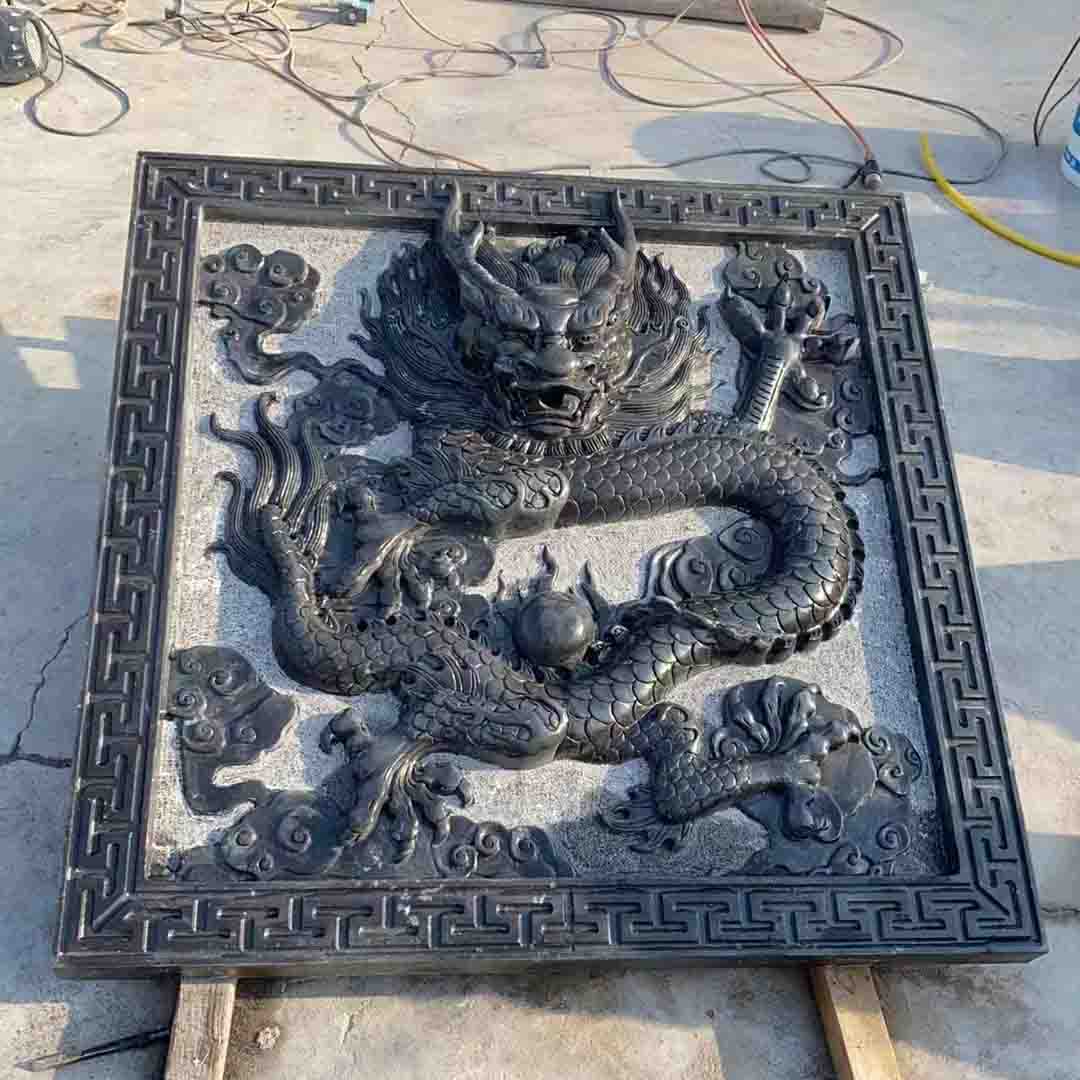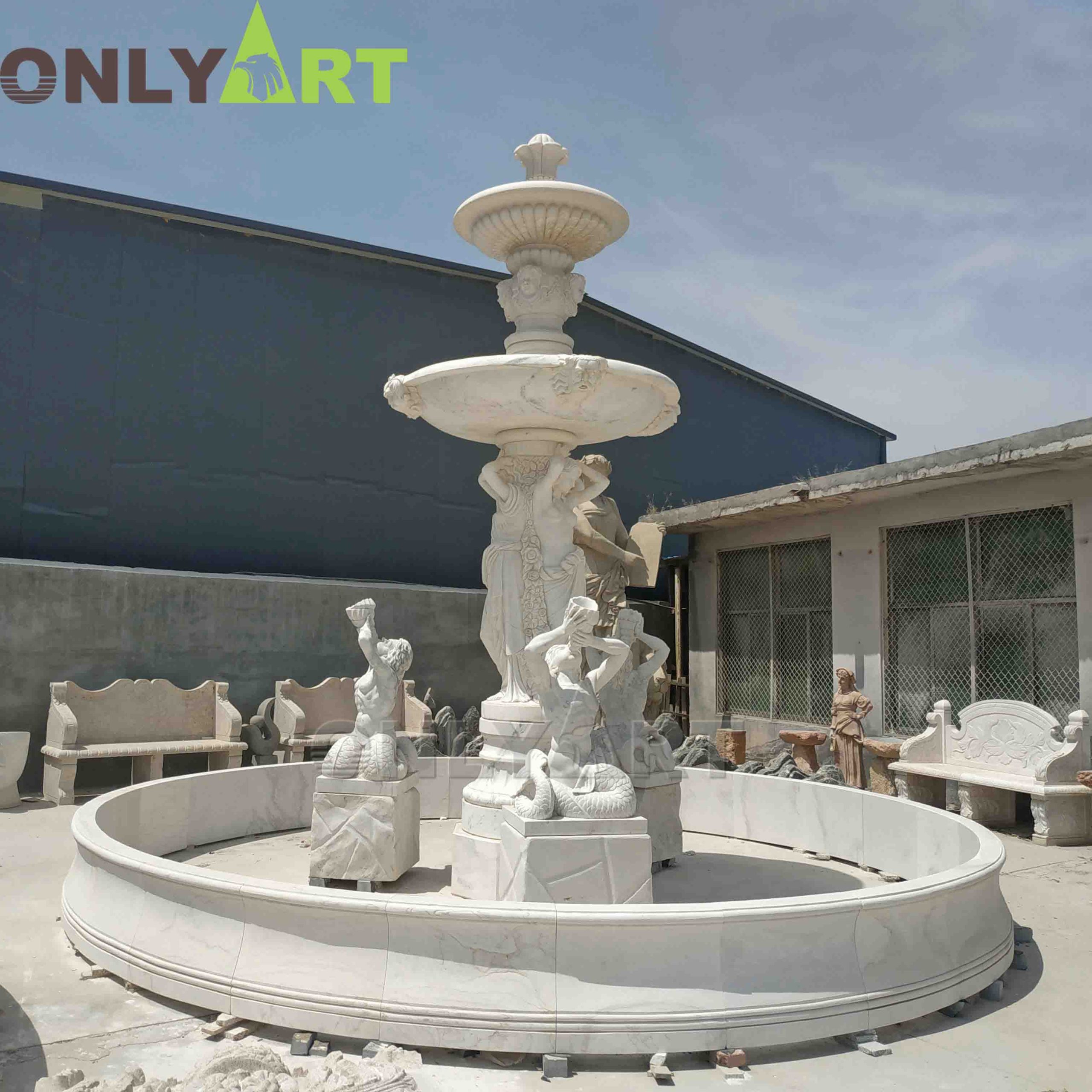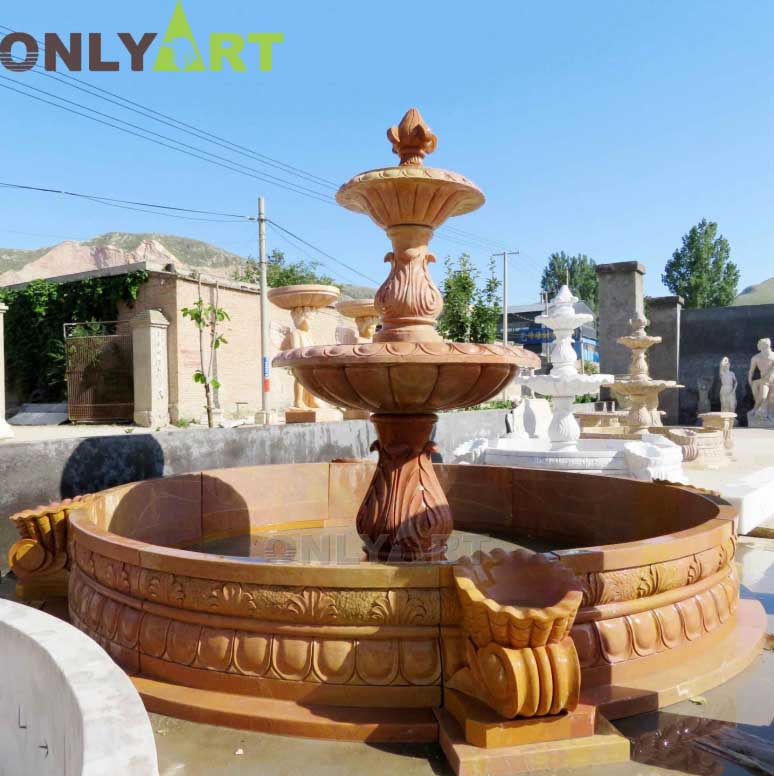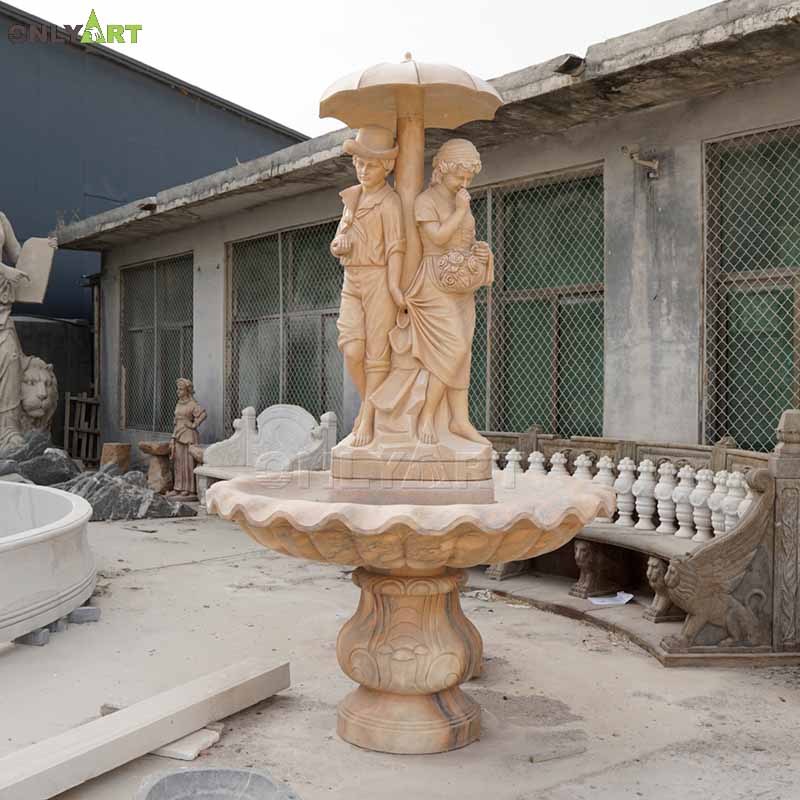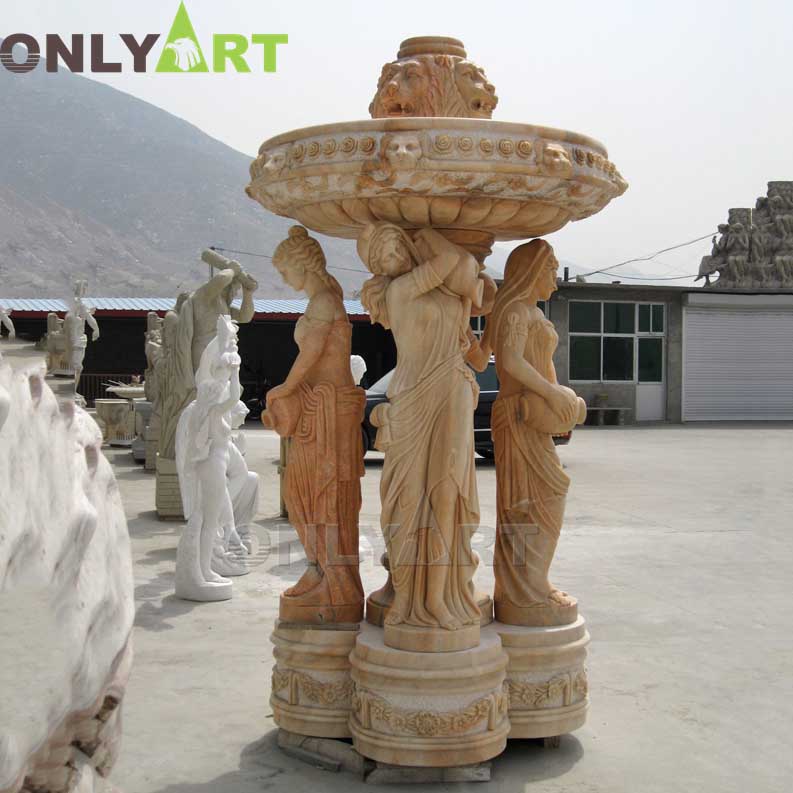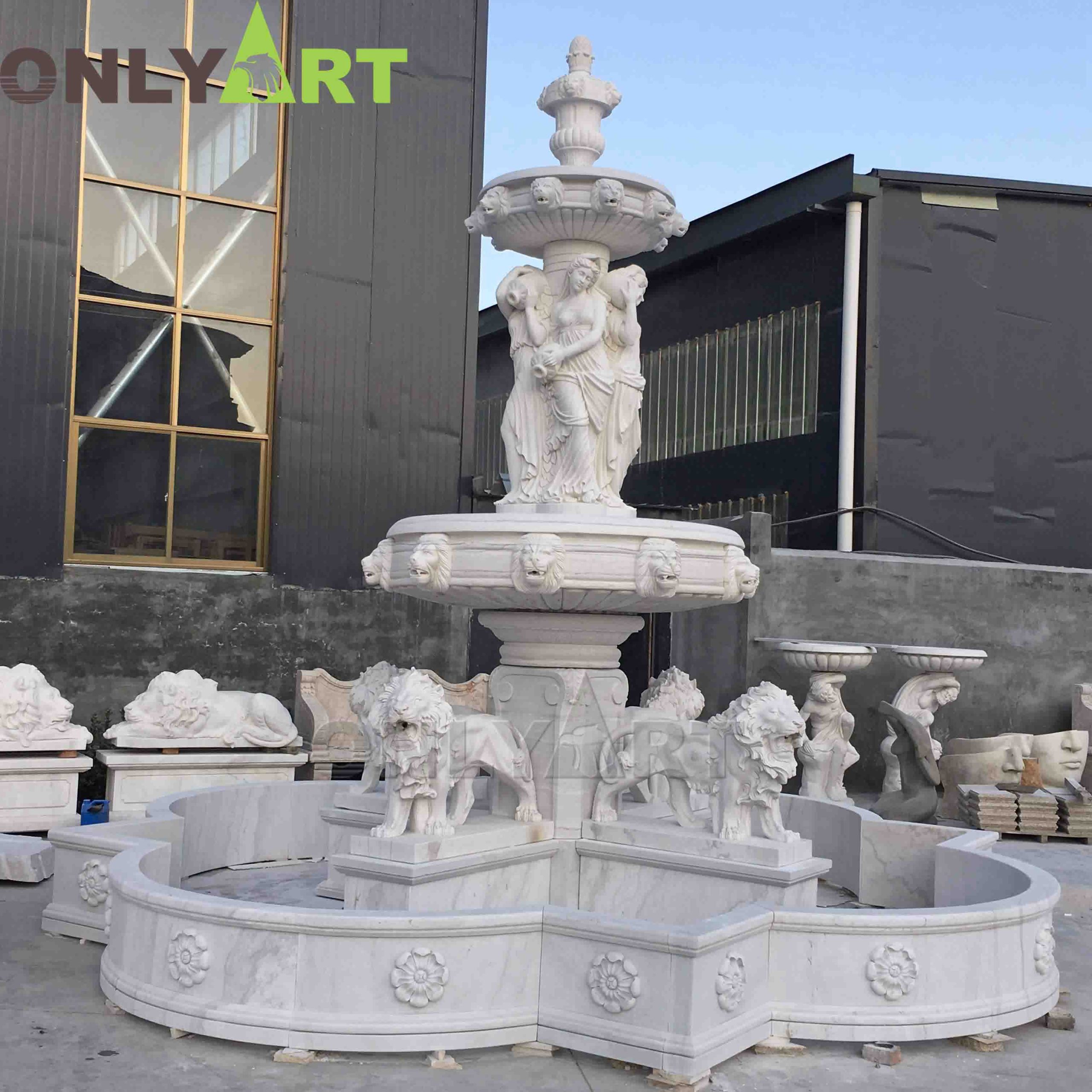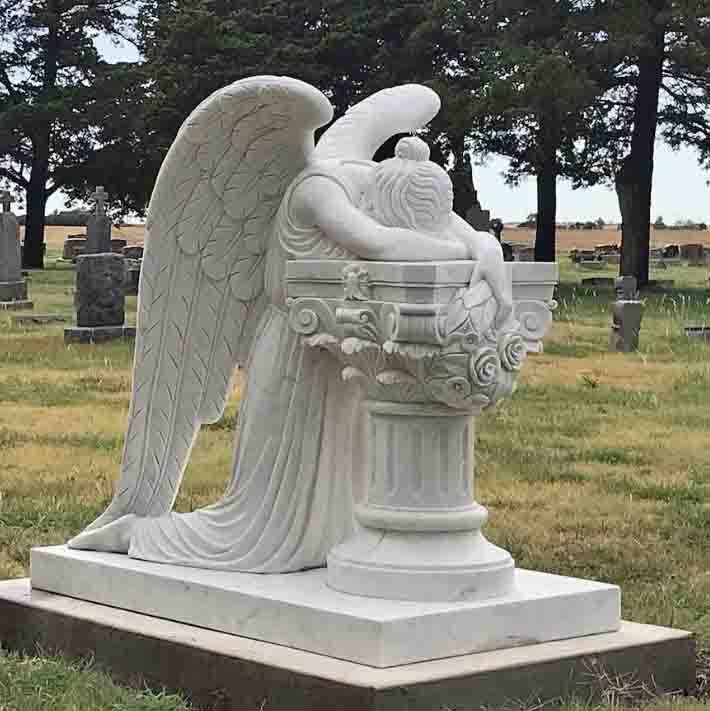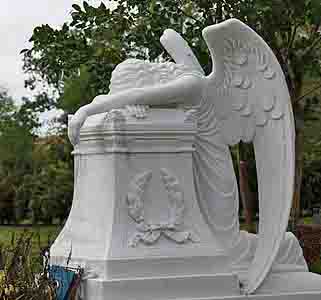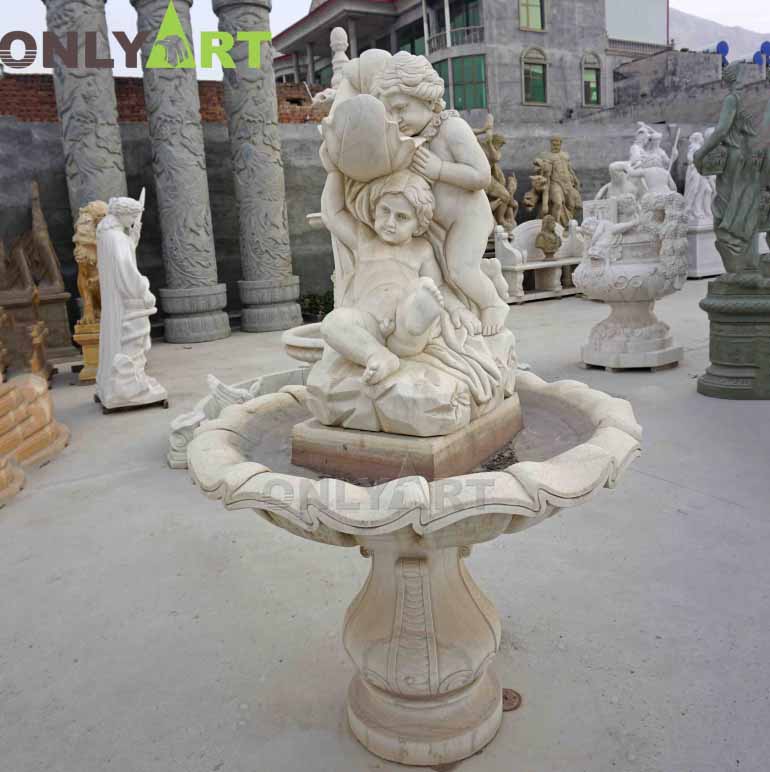Famous 11 Statues of Greek Goddesses
Statues of Greek Goddesses occupy an important position in ancient Greek culture. They not only reflect the ancient Greeks’ pursuit of beauty and religious beliefs, but are also one of the sources of Western art and culture.
Greek goddess statues usually have delicate facial features and elegant postures. For example, statues of Athena (goddess of wisdom and battle) and Athena usually show her holding a shield and a sword, symbolizing wisdom and strength.
Ancient Greek goddess costumes usually adopt a tight-fitting top and a wide skirt design. This combination of “tight-fitting top and wide skirt” not only highlights the female figure, but also enhances the three-dimensional sense of the statue.
Greek goddess statues often represent some kind of natural force or human emotion. For example, Athena symbolizes wisdom and fighting spirit, while Aphrodite, the goddess of love and beauty, represents love and beauty.
The Acropolis of Athens is one of the most famous religious and political centers in ancient Greece, with many ancient sculptures, including the Parthenon and the Temple of Athena Victory. The murals and sculptures in Pompeii show the artistic style of the Roman period, including the depiction of Aphrodite, the goddess of love and beauty, and Mars, the god of war. Modern influence Greek goddess statues have had a profound impact on later art, especially during the Renaissance and Baroque periods, when these classical elements were reinterpreted and applied to various works of art. The Greek goddess statues displayed in modern museums are not only a heritage of ancient art, but also a celebration of the diversity of human culture.
This article introduces 11 statues of Greek Goddesses, so that you can better understand Greek culture, and we can also better inherit the culture and let each of us remember this culture.
Aphrodite Statue – Goddess of Love and Beauty
Statue of Aphrodite – Aphrodite (Greek: Αφροδίτη, Latin: Aphrodite), the goddess of love and beauty, is one of the main gods in Greek mythology, symbolizing love, beauty and sexiness. Her Roman counterpart is Venus (Latin: Venus), but Aphrodite not only symbolizes sexual love, she is also the goddess in charge of all human friendships. Mythological background Aphrodite is one of the twelve main gods of Olympus in Greek mythology, and she is not only a symbol of love and beauty, but also closely related to war, fertility, etc.

Artemis Statue – Goddess of the Hunt and the Moon
Artemis is the goddess of hunting, forests and the moon in ancient Greek mythology. She is the twin sister of Apollo and the daughter of Zeus and Leto. In Greek mythology, Artemis is famous for her hunting skills and close connection with wild animals. She is the protector of domesticated livestock and wild animals in the forest. Main symbols • Hunting: Artemis is one of the oldest hunting goddesses. She not only symbolizes hunting activities, but also represents the protection of hunting tools and animals. Moon: She is the goddess of the moon and often hunts at night, symbolizing the contrast between light and darkness. Purity and virginity: Artemis is regarded as a virgin goddess. She protects young girls and pregnant women and emphasizes purity and chastity.

Athena Statue – Goddess of Wisdom and War
Statue of Athena – Goddess of Wisdom and War Athena, the goddess of wisdom and war in Greek mythology, is the daughter of Zeus and Hera. She is not only famous for her wisdom, but also for her bravery and fighting ability. Origin and Symbolism The birth of Athena is very special. According to mythology, Zeus suffered from severe headaches, which were later relieved by Hesperides (Hephaestus, a lame black ironsmith) hitting him on the head with a hammer. This event not only shows Athena’s close connection with wisdom, knowledge, and fighting, but also symbolizes her important position in Greek society. Statue Features Statues of Athena are usually very tall and were created by Phidias, a famous sculptor in ancient Greece.

Demeter Statue – goddess of agriculture and motherhood
Demeter (Greek: Δήμηتر; English: Demeter) is the goddess of agriculture, grain and harvest in ancient Greek mythology, and one of the twelve main gods of Olympus. In Roman mythology, the god corresponding to Demeter is Ceres (Latin: Ceres). Main characteristics and responsibilities of Demeter • Agriculture and grain: Demeter teaches humans to farm and give life to the earth. She has boundless magic power, which can make the land fertile, plants lush, and grains abundant, or she can make the earth wither, everything wither, and no grass grow. Harvest and poverty: She can make people have endless wealth, but she can also make people penniless. Role in mythology: Demeter is the daughter of Cronus and Rhea, the sister of Hestia, and the sister of Hera, Hades, Poseidon and Zeus.

Goddess of Justice Statue
The statue of the goddess of justice is usually depicted holding a scale in one hand and a sword in the other, and is often blindfolded. This image is derived from the goddesses Justitia and Themis in Roman and Greek mythology, and symbolizes fairness and justice. The image and specific manifestations of the goddess of justice vary in different cultures and historical periods. For example, in ancient Egypt, the Maya goddess Maat was also a symbol of justice, and she used scales to weigh the souls of the dead. In modern times, statues of the goddess of justice are widely seen in legal institutions such as courts, procuratorates, and law firms. She not only symbolizes the fairness and justice of the law, but also reminds people that everyone is equal before the law. For example, in the United States, many courts have sculptures of the goddess of justice at their doors as a symbol of the rule of law.

Goddess of Victory by Samothrace
Winged Victory of Samothrace is a sculpture of Nike, the goddess of victory in ancient Greek mythology, created around the 2nd century BC. It is now in the Louvre Museum in France and is one of the treasures of the Louvre. Introduction The sculpture of Nike is famous for its graceful shape and sacred and sublime feeling. The statue depicts the goddess of victory in Greek mythology, who is boarding a ship that won a naval battle. Although the head and hands of the statue were incomplete when it was unearthed, its wings were emphasized, showing strength and dynamism. Historical background • Creation time: around the 2nd century BC. Historical flow: The statue was transported to Rome in the Roman era and protected for nearly a thousand years. In the Middle Ages, it was stolen from a museum in Italy. It was not until 1863 that French President McMahon asked Italy for the artifact and returned it to the Louvre. Cultural influence The image of the goddess of victory is reflected in many fields, including the modern Olympic Games. Since the 9th Olympic Games, the image of the goddess of victory has been used on the obverse of the medals of every Olympic Games, and it continues to this day.

Hebe Statue by Thorvaldsen
Bertel Thorvaldsen was a famous Danish sculptor, born on November 19, 1770, and died on March 24, 1844. His works are mainly based on Greek mythology and religious themes, showing a classical style. “Statue of Hebe” “Hebe” is one of Thorvaldsen’s representative works, created between 1821 and 1824. The work is made of marble and is about 1 meter high. Hebe is the daughter of Demeter in Greek mythology. She is not only beautiful, but also a symbol of fertility and motherhood. Style and characteristics Thorvaldsen’s sculptures are known for their old-fashioned postures and formal images, with a strong classical rational color. His works often present a sense of sacred solemnity, with very fine details, especially the portrayal of the expressions and postures of the characters, showing his deep understanding of human emotions and spirit.

Hera Statue – wife of Zeus
Hera Statue – Zeus’s Wife In ancient Greek mythology, Hera is the wife of the main god Zeus. She is one of Zeus’s spouses and an important female deity in ancient Greek mythology. Hera is Zeus’ wife and they rule Olympia together. Zeus is the king of the gods, while Hera is the protector of marriage and family. In many ancient Greek myths, Hera plays an important role. She was jealous of Zeus’s many mistresses and took revenge. The Temple of Hera is one of the most important religious buildings in ancient Greece, built around 600 BC.
The temple is not only the center of religious activities, but also the birthplace of the ancient Olympic Games. In 776 BC, the first ancient Olympic Games was held in Olympia, and the torch was lit on the altar of the Temple of Hera. Many modern Olympic Games events have a long history in the ancient Olympic Games, and these events are all related to ancient Greek mythology. Modern influence Hera’s image and story have had a profound impact on Western culture, including literature, art, film and music. Her characters often appear during various celebrations such as Christmas and Valentine’s Day.

Hestia Statue – Goddess of the Hearth
Hestia is one of the three goddesses in Greek mythology. She is the goddess of the hearth and family, symbolizing the warmth and shelter of the family. Hestia is the oldest sister of Zeus, and her worship occupies an important position in ancient Greek society. Symbolic meaning • Family and warmth: Hestia represents the warmth and shelter of the family. Her temple is usually located in the center of the family, symbolizing the harmony and happiness of the family.
Holiness and sacrifice: She often wears a turban representing holiness on her head. Her worship activities involve sacrifices, especially female priests are responsible for lighting the sacred fire, which symbolizes the continuation of life and the prosperity of the family. History and religion • Origin: The worship of Hestia is related to the beginning of human settlement and the establishment of families. She was the first person to invent the structure of the house and taught people how to build and maintain the house. Sacrificial activities: The sacrificial activities in ancient Greek families are not only a reverence for Hestia, but also an important ritual to pray for family peace and prosperity. Cultural influence • Roman mythology: In Roman mythology, Hestia corresponds to Vesta, who is the patron saint of the Roman state and a symbol of the family.

Venus of Arles Statue
The Venus of Arles is a Roman sculpture from the late first century AD, 1.94 meters high. It was unearthed in 1651 at the site of the ancient Roman theater in Arles, France, and is now in the Louvre. This sculpture is very famous and may be a replica of the masterpiece Aphodite of Thespiae by Praxiteles, one of the three great sculptors of ancient Greece. The sculpture was originally unearthed in Arles, France, and is an important cultural relic from the ancient Roman period.
As a representative work of Venus, the goddess of love and beauty in Greek mythology, this sculpture enjoys a high status in the art world. In 1609, at the request of Pope Paul V, Nicolas Cordier restored the sculpture. In 1821, it was officially presented to King Louis XVIII of France and became one of the treasures of the Louvre. The sculpture combines the two artistic styles of Greece and Rome, reflecting the superb skills of ancient artists in cross-cultural reference. As one of the treasures of the Louvre, the Venus of Arles attracts a large number of tourists every year and is an important window for understanding ancient art and culture.

Venus of Milo Louvre
The Venus de Milo is a famous statue in ancient Greek sculpture, now in the Louvre Museum in Paris, France. Introduction The Venus de Milo is a Greek statue from the 2nd century BC, believed to be the image of the goddess of beauty Aphrodite (Venus). The statue is made of marble and is made up of two parts, with a height of about 203 cm. In 1820, farmers found the statue on the Greek island of Milos. Initially, the farmers tried to hide the statue, but Turkish officers later found it.
The French ambassador to Turkey purchased the statue and presented it as a gift to King Louis XVIII of France. Louis XVIII then presented the statue to the Louvre. Importance The Venus de Milo is considered one of the masterpieces of ancient Greek art, and has been preserved to this day for its fine craftsmanship and perfect posture. The statue is now on display in the Greek, Etruscan and Roman antiquities section of the Louvre, attracting a large number of tourists every year. As a representative work of the goddess of beauty Aphrodite, this statue not only shows the ancient Greeks’ pursuit of human beauty, but also symbolizes the eternal female beauty.

More About Statues of Greek Goddesses
What is a Greek goddess sculpture?
Greek goddess statues refer to marble or bronze sculptures with the image of goddess in Greek mythology as the theme. These sculptures are usually made of marble or bronze material, and are works of art cast or carved by artists with skillful hands.
What is the symbolic significance of Statues of Greek Goddesses?
Greek goddess statues often have important symbolic meanings, reflecting their cultural, historical, and religious background.
1. Representation of divine power and beauty: Greek goddesses were often depicted as powerful and beautiful women. This physical attractiveness of the goddesses was often seen as a reflection of their divine nature, suggesting purity, fertility, and natural beauty.
2. Gender roles and social status: Greek goddess statues can symbolize gender roles and social status. For example, agricultural and fertility goddesses, such as Demeter and Hera, were often depicted as symbols of fertility and abundance, emphasizing their importance in the social and economic life of ancient Greece.
3. Cultural and religious significance: Greek goddess statues are also important in terms of cultural and religious significance. They may represent specific gods and beliefs, and their rituals and worship were an integral part of the Greek religious system.
4. Artistic and aesthetic value: The statues themselves are works of art with exquisite craftsmanship. They may display a refined and elegant style, which is often seen as a reflection of the cultural tastes and artistic achievements of the time.
5. Moral and philosophical messages: The statues may convey moral and philosophical messages through their postures, gestures, and facial expressions. For example, statues of Athena, the goddess of wisdom, are often depicted with a focused and wise expression, suggesting the importance of knowledge and strategy.
OnlyArt Sculpture Custom Statues of Greek Goddesses
Our factory has many advantages. First of all, we have a large factory covering an area of 8,000 square meters, and the shipment volume is very large. We have about 5,000 marble sculptures in stock, including various types of sculptures. You can contact us to get more pictures and prices. Our biggest advantage is that we can customize the sculptures according to your favorite pictures, and we can also transport them to your doorstep by sea, air, or land.
Tell Us About Your Specific Needs For Custom Sculpture!
Contact Us 24 Hours A Day
Mob : +86 18830171031
Manager Email: Lily@onlyartsculpture.com
Production Department Email: info@onlyartsculpture.com
ADD:073100 Baoding Huaishunian Quyang, Hebei China

